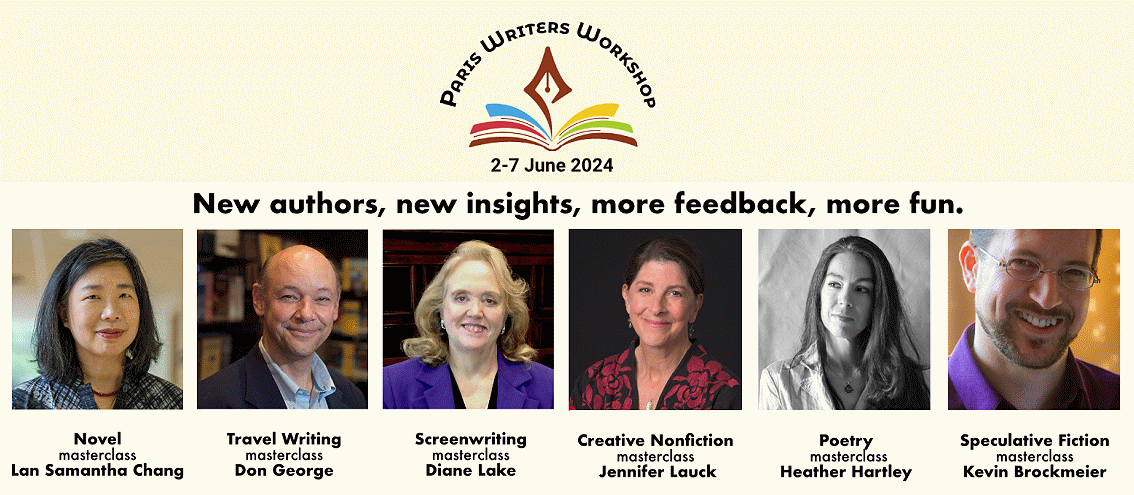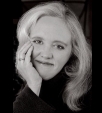
From Idea to Script to Sale





Before I get to today’s blog…
Thinking about doing more with your writing? Why not join me in Paris June 2-7 for my Masterclass in Screenwriting? Come be part of a dynamic community of writers and literary agents to learn, to write, to network, to energize your literary goals—and just to have fun in the City of Light!
The Paris Writers Workshop is the longest running literary program of its kind. This program offers 6 masterclasses by renowned authors, each a specialist in their field—and I’ll be teaching the Screenwriting Masterclass—in English, of course.
The workshop will be held at Columbia University’s beautiful Reid Hall campus in the heart of literary Paris—Montparnasse.
Registration is now open: https://wice-paris.org/paris-writers- workshop
We’ll have a great time getting your story ideas off the ground!!

Movies from the Heart—How to Steal a Million
Another Audrey Hepburn movie—she was truly the queen of many a romantic film in the 60s and 70s. Today’s film falls into the romantic caper slot—it’s a lot of fun.
How to Steal a Million [1966], by Harry Kurnitz, takes place in Paris. So in addition to it being a truly fun flick, you feel a little bit like you’re having a mini-trip to Paris when you watch the film.
The premise is simple. Charles Bonnet is an art forger. But to the world, he’s a famous art collector. Of course, his collection is composed, primarily, of forged Van Goghs, forged Monets, etc., etc. His daughter, Nicole, is quite aware of her father’s illicit activity and constantly tries to talk him into quitting… without much luck. But his forgery is going to get him in trouble. He’s lent a fake Cellini Venus sculpture to a museum for an exhibition and the museum is going to have an expert authenticate it! Nicole decides to try and steal the sculpture from the museum before the authentication in order to save her father’s neck. And knowing nothing about how to do this, she enlists the help of a thief, Simon Dermott, that she caught trying to steal a painting in her house. Together they form a plan to rob the museum.
Take a look at a trailer for the film.
Part of the fun of this film is seeing how they do it. Sure, there’s a little bit of Keystone Cops variety of action here when they’re in the museum trying to steal the painting. And, of course, in most of the publicity for the film it’s the romance between strait-laced Nicole and wily thief Simon that’s featured. After all, she’s got a father who’s a criminal so she certainly wouldn’t want to get romantically involved with a criminal! Or would she…
This kind of romantic caper isn’t something we see often in contemporary film. Which means it’s no doubt ready for a comeback. I swear, just when something is out of fashion, that’s when you should begin writing something in that genre. The viewing public’s interest is cyclical, and this is such a fun format that I see a resurgence on the way!
So think about it. How would you write a romantic caper for today’s audiences? After all, How to Steal a Million is almost 60 years old! So that interest in romantic capers could be just around the corner. What elements would your script need? First, a romantic pair who fall for each other during the course of the film. Second, a situation that forces them outside their comfort zones to complete the job. Third, that job—it could just be a fun caper that brings them into danger. After that, it's all down to your creativity to design a roller-coaster of a film. Why not play around with the idea and see where it goes for you?
Next week, my favorite of the Audrey Hepburn romantic comedies from the 60s, Two for the Road.
Copyright © Diane Lake
24Mar24